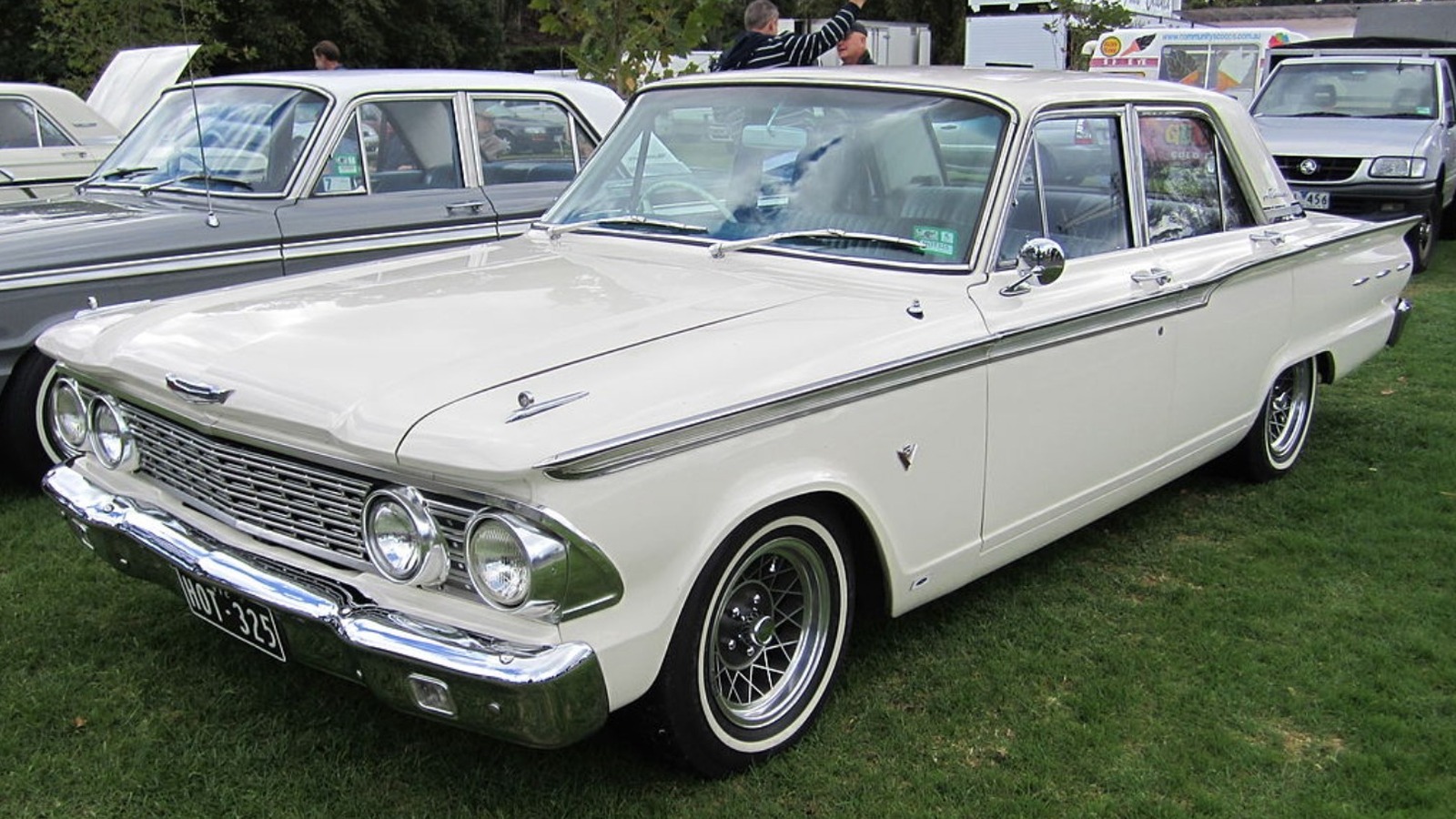
Though U.S. appetites for mighty rides are well known, some of the most acclaimed vehicles of all time have been a bit more modest than you might expect (proportionally speaking). During the 1960s, the Ford Mustang — which arrived in 1964 — and the Volkswagen Beetle would rise to great popularity. These are two very different models that underscored the importance of diversity, both to the industry at large and to individual manufacturers. To this end, Ford strove for a way into the small-block arena.
The U.S. auto giant wasn’t the first to do so. Chevrolet’s acclaimed V8 small-block (which marked an astonishing 100 million units manufactured in 2011) had launched in 1955, first powering that model year’s offerings such as the Chevy Bel Air. The year before, Ford had introduced a unique engine of its own: The Y-block, a V8 with an overhead valve design that was a first for the company. What Ford then wanted to do was build upon the established foundations of this bulky engine to create a more practical and potentially more versatile powertrain. The cornerstone of that powertrain would be the Ford V8 small block.
The 221 V8, so named for its displacement, was the first addition to the family. It was first incorporated in Ford’s vehicles for 1962, and though the company’s Bowtie rival had established its own small-block eight years before, the 221 would prove itself to be far more than an imitation of the Chevy V8.